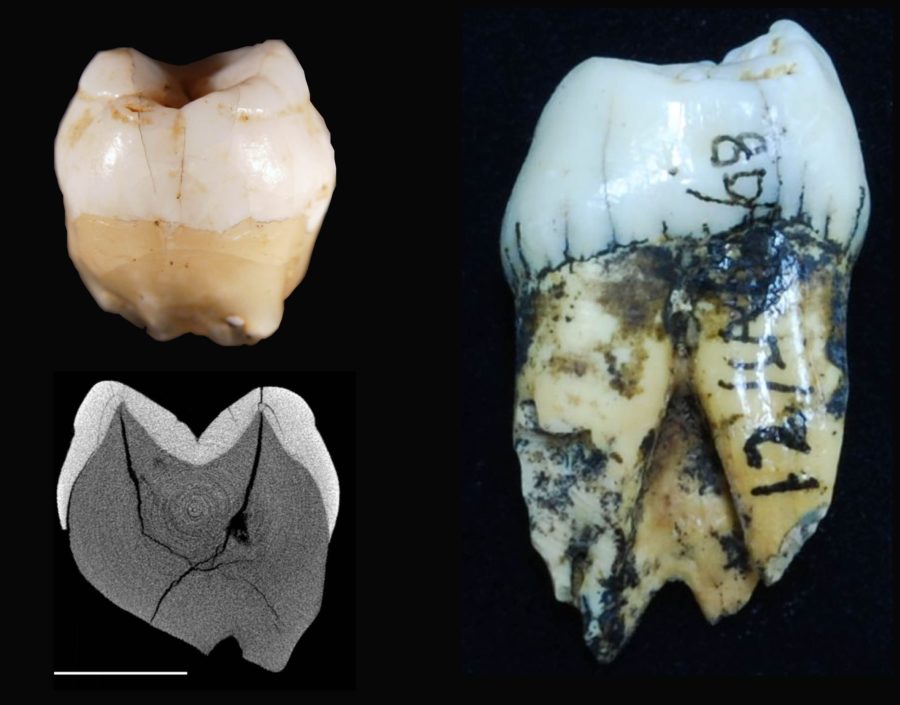Humans lived in Indonesia’s rainforests more than 70,000 years ago

THE FORESTS OF Sumatra in Indonesia are lush and rich in wildlife, and more than 70,000 years ago, they held a secret: they were the home of modern humans, a new study shows.
The findings followed a re-analysis of a pair of ancient human teeth first discovered more than 100 years ago by Dutch paleoanthropologist Eugene Dubois in the Lida Ajer cave, located in the Padang Highlands of West Sumatra.
The Lida Ajer caves hosts a rich ensemble of fossil bones from various rainforest animals like tapirs, orangutans, deer and porcupines, among many others. In 1890 Dubois found two human teeth, but was unable to reach any solid conclusions about their origins. “They lacked the scientific advances that we have at our disposal now – such as sophisticated dating techniques and state of the art scanning techniques – they were unable to prove the significance or age of the teeth,” says Dr Kira Westaway at Macquarie University, who led the new study.
Using modern dating techniques, Westaway’s team was able to accurately date these human teeth. “We have provided evidence to confirm that the teeth are from a modern human and that they were in Southeast Asia 20 thousand years older than accepted. So basically it’s a triumph for modern archaeological techniques overcoming a long-standing problem,” she adds.
The findings have broad implication for our understanding of when humans first arrived to Australasia, as well as what route they followed. Previous studies had suggested early dates for human settling in Australia based on indirect evidence, such as artefacts and rock shelters. “Now we have found the physical evidence to support this early claim and provides the missing link in the chain from Africa through Asia and down to Australia,” says Westaway.
“These latest finds on Sumatra contribute to an emerging body of evidence supporting what many archaeologist had suspected for decades; that fully modern humans migrated through Sunda, crossed the Wallacean Islands and settled in Sahul before 60,000 years ago,” says Dr Jillian Huntley at Griffith University.
“The high level of forward planning, behavioural flexibility and cultural innovation required to achieve such an early migration from Africa means that Aboriginal Australians are the net result of a high point in human evolution,” says Huntley.
Ancient origins of first Australians confirmed
A key implication of these new findings concern the origins of the first Australians inhabitants. A recent study found human artefacts in the Arnhem Land plateau in Northern Territory, suggesting that humans were living in Australia around 65,000 years ago, challenging previous studies suggesting that humans had reached Southeast Asia 45-46 thousand years ago. “- where was the missing 20,000 years?” says Westaway.
“[Our] study address this gap by extending the chronology from 45-46 up to 73-63 thousand years ago. This now agrees with the genetic data and records of past environments. It also supports an early exit from Africa,” she adds.
The findings also highlight the ability of ancient humans to live and prosper under challenging conditions. “This research represents the oldest evidence of rainforest use by modern humans. This remarkable as it is commonly accepted that rainforests are difficult environments to live in – they require technological innovations and sophisticated hunting techniques, finding a modern human presence in a rainforest location at 73-63 thousand years ago suggests that these skills were in place by this time,” says Westaway.
READ MORE:

